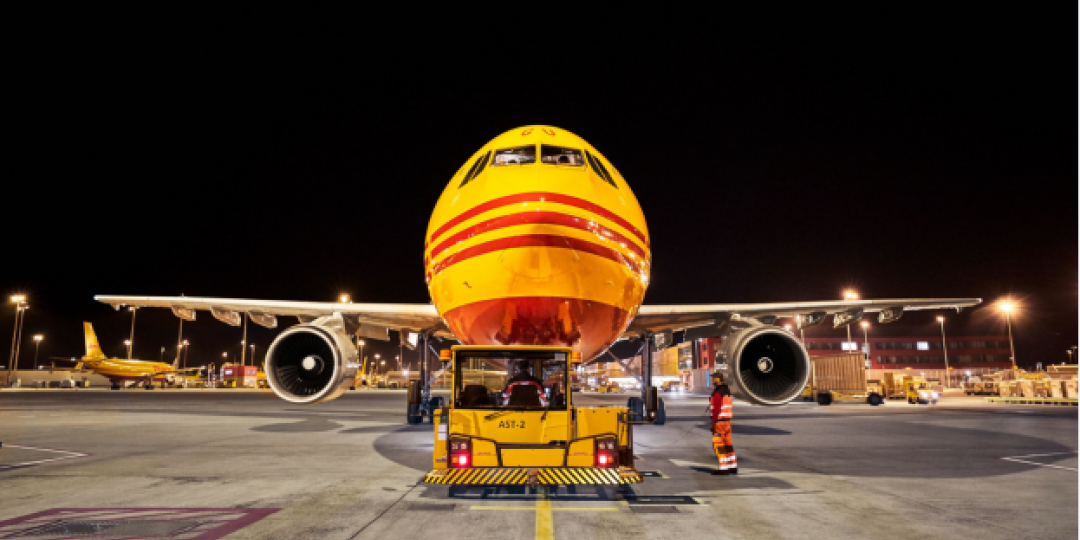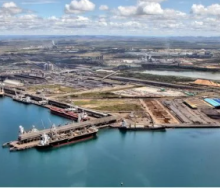DHL has said it remains optimistic about the first quarter of 2025, expecting airfreight volumes to continue rising.
During a webinar held by the freight forwarder, the chief executive for the Americas at DHL Global Forwarding, Tim Robertson, shared his various airfreight predictions for next year.
He noted that, following a robust fourth quarter, no significant changes in airfreight trends were expected for the first quarter (Q1).
He highlighted that airfreight volumes from the Asia-Pacific region had increased in Q3 of this year compared with the same period in 2023.
Much of this air cargo capacity has already been secured by e-commerce companies. Moreover, DHL expects an increase in airfreight demand after Golden Week in China, which is likely to persist.
Robertson further elaborated that third-quarter airfreight had seen a mid-single-digit increase compared with Q3 of 2023. DHL anticipates a notable rise in volumes post-Golden Week, with the expectation that this upward trend will continue into the first quarter of next year.
Exports from Asia remain strong, with the 'China Plus One' strategy continuing to drive robust volumes from countries such as Thailand, Vietnam, and India, and this trend is expected to persist into the new year.
He said DHL also foresaw a possible rise in airfreight interest due to the disruption caused by a relatively brief strike at US East and Gulf Coast container ports.
The strike, which took place from 2-4 October, saw the International Longshoremen’s Association and the US Maritime Alliance reach a temporary agreement on wages, extending the Master Contract until 15 January of the following year.
However, if further industrial action occurs beyond this date, it would likely happen during the quieter period after the fourth quarter peak.
Robertson pointed out that even a short port shutdown typically resulted in at least a week's disruption for each day of closure. He said although the recent disruption had been brief, its effects were likely to ripple into Q4.
He emphasised that for every day a port remained shut, whether on the East or West Coast, there was usually a one-week backlog or delay in clearing goods. Thus, in this scenario, the minimum recovery time for US logistics chains was anticipated to be three weeks.
DHL has advised its customers to advance their shipping dates to mitigate potential disruptions during the peak season. Robertson noted that importers were now evaluating whether their current actions would suffice for the next four to six weeks or whether they would need to utilise faster transport options, such as consolidated airfreight or time-definite express services.
While smaller and mid-sized retailers are searching for quicker solutions, larger retailers, with the financial capability to front-load shipments, are in a more secure position.
Robertson also highlighted another factor affecting supply chain flows: the diversion of ships to US West Coast ports to avoid the impact of the strike on the East Coast. However, West Coast ports were already facing congestion and extended dwell times.
DHL predicts that export bookings made in the week ending Sunday, October 6, are unlikely to be shipped for another three to four weeks.
He mentioned that DHL was already seeing an increase in expedited solutions on the export side, and the trend was expected to continue into the fourth quarter, not only for shipments to Asia but also to Europe and Latin America.
Robertson also warned that the impact of the port strike on export flows from the US and Canada during the peak season should not be underestimated.













